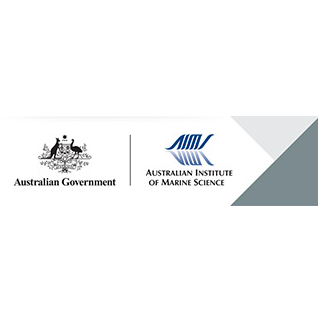Brief description
Sensor network infrastructure was installed at Orpheus Island in the central Great Barrier Reef just north of Townsville, Australia. The infrastructure consists of a base station located on an existing mast at the Orpheus Island Research Station run by James Cook University, two sensor-floats or buoys - one located in Pioneer Bay off the Research Station and one in Little Pioneer Bay and three Relay / Sensor Poles - two located on the reef flat on the north-west point of Orpheus Island and one located on the southern point of near-by Pelorus Island.The experimental design is to measure the intrusion of oceanic water onto the ocean (western) side of the island and through the channel that separates Orpheus and Pelorus Islands and secondly to monitor water temperatures and water parameters in the bays around the research station. The deployment in August 2009 consists of a base station at the Research Station that use the nextG network to get the data back to AIMS and using the Campbell Scientific RF411 radios to create the on water wireless network. The base station talks directly with the two sensor floats, one in Pioneer Bay and the other in Little Pioneer Bay. Each float has a surface mounted thermistor and a bottom mounted SeaBird SBE39 that gives temperature and pressure (depth). This gives depth and surface and bottom temperature for the two locations.The three Relay-Poles were installed in August 2009 with no instruments, these will be added in October / November 2009. The design has the two poles on the Orpheus Island reef flat having sensor strings that go across the reef flat, down the reef slope into the deeper waters with deep temperature and salinity sensors and shallower temperature sensors to give a profile of temperature and measurements of temperature and salinity for the deeper water as it flows onto the reef and through the channel.The pole on Pelorus Island will act as a base station relaying the data from the other poles back to the mainland via a nextG modem. One of the poles will also have a Vaisala WXT520 weather station mounted on it. The project looks to deploy sensor networks at seven sites along the Great Barrier Reef to measure a range of physical parameters at a range of scales. The project will install communications, data and platform infrastructure that will support future sensor work looking at biological and chemical parameters. The FAIMMS Project is part of the GBROOS or Great Barrier Reef Ocean Observing System project which in turn is part of the Australian Integrated Marine Observing System or IMOS.Lineage
Maintenance and Update Frequency: continualNotes
CreditWireless Sensor Networks Facility (formerly known as Facility for The Automated Intelligent Monitoring of Marine Systems (FAIMMS)), part of the Great Barrier Reef Ocean Observing System project (GBROOS) (IMOS)
Australian Institute of Marine Science (AIMS)
Australia’s Integrated Marine Observing System (IMOS) is enabled by the National Collaborative Research Infrastructure Strategy (NCRIS). It is operated by a consortium of institutions as an unincorporated joint venture, with the University of Tasmania as Lead Agent.
Modified: 23 06 2025
text: westlimit=146.4893; southlimit=-18.6137; eastlimit=146.4893; northlimit=-18.6137
Marine Weather Observations for Orpheus Island
uri :
https://weather.aims.gov.au/#/station/9![]()
global : 35446fc0-4af6-11dc-b9a3-00008a07204e
- global : 13846fdf-515a-46e3-836a-3a09906de215


